
|
|
|
|
|
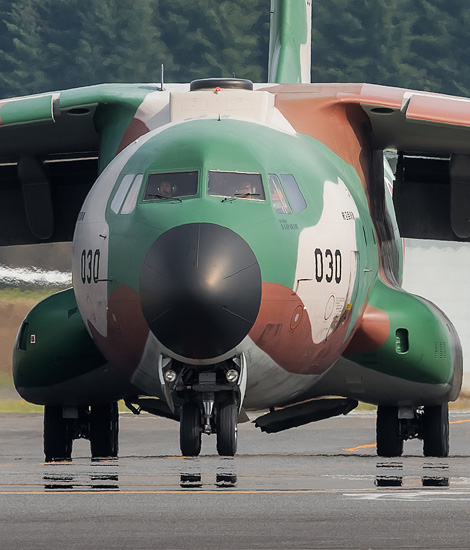
|
The Second Tactical Airlift Group; Iruma, November 3, 2019
The Japan Air Support Group, part 1; Text and Photograph's by Alex van Noye
The only unit in Japan that still flies with the nowadays outdated Kawasaki C-1 is the 402 Hikotai which is part of the 2nd Tactical Airlift Group. This transport unit is currently based on Iruma Air Base and mainly works with the airborne soldiers of the 1st Airborne Brigade of the Japan Ground Self Defense Force.
The 2nd Tactical Airlift Group (2TAG) is based on Iruma Air Base. This unit falls under the command of the Japanese Air Support Group. The headquarters of this group is based in Fuchu in Tokyo. All Japan Air Self Defense Force (JASDF) transport units are under the command of this main group. The commander of the Air Support Group reports directly to the Japanese minister of defense. The command has been founded since June 6, 1955, and is therefore almost as old as the JASDF in its modern post-war form. The 2TAG has existed in its current form since March 31, 1978. The transport group was founded at Iruma Air Base and has never moved from this airbase since. There is only one transport squadron under the command of the 2TAG, namely the 402 Hikotai. The transport unit is a bit older than the group to which the unit belongs. The 402 Hikotai was already established on October 17, 1958. The 402 Hikotai was then equipped with the C-46D for the heavy transport tasks at Kisarazu Air Base. The current 402 Hikotai was still referred to as the Kisarazu Training Corps at that time. From December 1, 1965, the squadron was equipped with the YS-11P built in Japan for the transport task. After a few years, the unit would move to its current Iruma Air Base airport from June 1, 1968. After this move, the unit would remain in Iruma until today. The unit was then referred to as the Iruma Air Corps and would only continue from October 1, 1968 under the current name 402 Hikotai. In addition to the YS-11P, the 402 Hikotai would also receive another type. From the beginning of 1973, the 402 Hikotai received its first Kawasaki C-1 transport aircraft.
The Kawasaki C-1 is a twin-engine military transport aircraft suitable for the short distance. The development of this transport aircraft began when the JASDF commenced its obsolete Curtiss C-46 Command in 1966. Production of the aircraft began in 1971. Although relatively suitable for its time, the C-46 did not perform well compared to newer transport aircraft such as the Lockheed C-130 Hercules. For that
|
|
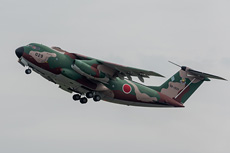
|
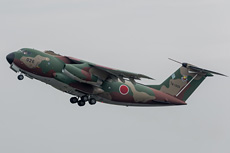
|
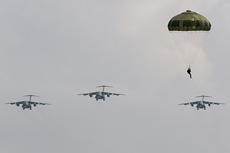
|
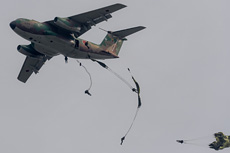
|
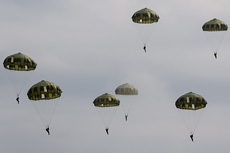
|
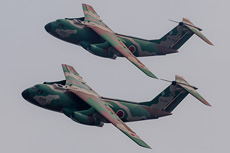
|
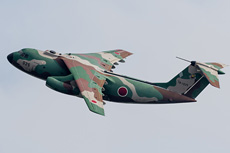
|
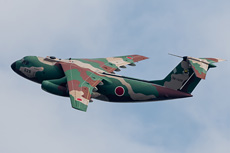
|
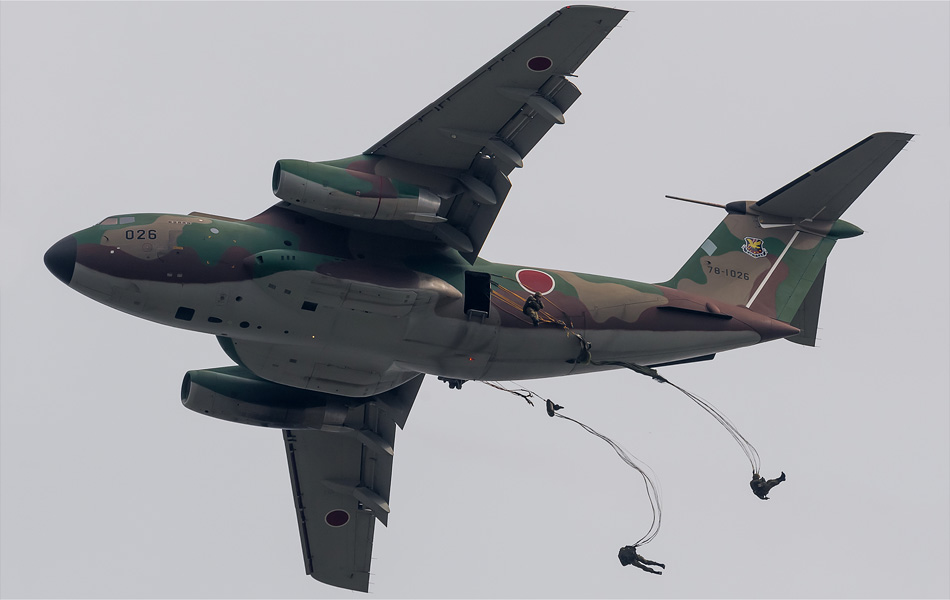
|
reason, the JASDF chose to replace this aircraft with a transport aircraft designed and manufactured in their own country. Nihon Aircraft Manufacturing Corporation (NAMC) was selected for this project. This consortium of various large companies had started four years earlier with the commercial production of the YS-11 as a passenger aircraft. The NAMC decided that Kawasaki Heavy Industries would be the main contractor and the aircraft therefore bears the name of that company. The aircraft has been in use since November 1970 as a military transport aircraft for the JASDF. There have been a total of three units that have flown with this type at the JASDF. These units are; the 401 Hikotai from 1973 to 1989, the 402 Hikotai flying from 1973 until today with the C-1 and the 403 Hikotai flying from 1979 until nowadays with the C-1. A total of only 31 aircraft of this type were built, all of which were supplied to the JASDF. The design of the Kawasaki C-1 was based on the American Lockheed C-141 Starlifter.
At the moment, the 402 Hikotai on Iruma is the only unit that flies the Kawasaki C-1. The 403 Hikotai on Miho Air Base has already started the conversion to the Kawasaki C-2. The maximum load of the C-1 consists of a maximum of 60 people. When military operations are carried out, the aircraft is suitable for carrying a platoon of 45 paratroopers in the cargo bay. The C-1 is capable of carrying three vehicles such as small SUVs. The aircraft is extremely suitable for airborne operations with the Japanese air forces of the Japan Ground Self Defense Force. The only major handicap of the Kawasaki C-1 is, partly due to its weight and fuel consumption, the short tactical flight range of the aircraft. Due to its past during the Second World War, the Japanese air force has also been given a number of restrictions. The planes, because they are offensive weapons, do not have long-distance capabilities. The aircraft may therefore only have a flight range to protect the national terrain. When flying to the Japanese islands in the Japanese sea, the aircraft can only fly with the help of two external fuel tanks. The 402 Hikotai on Iruma specializes within the Japanese transport units in performing with the airborne troops of the 1st Airborne Brigade. The aircraft are sprayed for tactical reasons in a green with brown camouflage pattern. The planes usually fly low when they drop the paratroopers in their landing zone. The Kawasaki C-1 is very noisy for such a small aircraft, which is not appreciated everywhere.
One of the less noticeable transport aircraft at the JASDF is the Gulfstream IV. These small American business jets are referred to as the U-4 by the Japanese Air Force. In total, the JASDF has used five of these planes for transporting politicians, senior air force officers, and other government VIPs. The JASDF has assigned three of these aircraft to the 402 Hikotai at Iruma Air Base as part of the 2nd Tactical Airlift Group. The other two aircraft also fly on Iruma Air Base, but then at the Headquarter Squadron of the Central Air Defense Force. The U-4 is an aircraft that has the same characteristics as the American C-20G military variant of the Gulfstream IV. The C-20G version is used by the United States Air Force and the United States Navy and the United States Marine Corps. The aircraft can be loaded with a combination of light cargo in the form of pallets and passengers. The Japanese U-4 aircraft can be recognized by a white fuselage with a gray belly. A blue stripe runs the entire length of the fuselage and the colorful roundel of the JASDF is shown largely on the aircraft. The U-4 has been in use at JASDF since 1997 and will remain in service within the Air Force for at least another ten years. In the future, the fleet of the 402 Hikotai will look completely different, because the well-known green-brown Kawasaki C-1 will be replaced by the larger gray Kawasaki C-2. With the Kawasaki C-2, the 2TAG will have a much larger transport capacity. Until that time, the Kawasaki C-1 will continue to perform well as the most important Japanese transport aircraft.
|
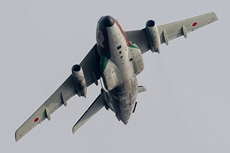
|
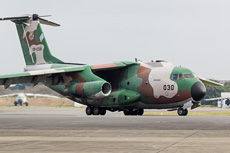
|
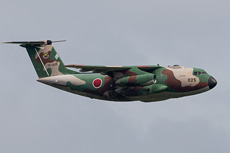
|
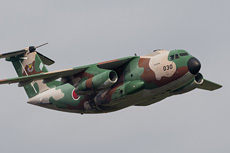
|
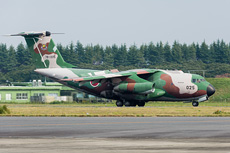
|
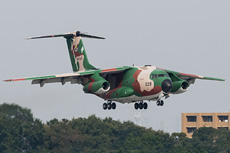
|
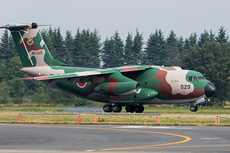
|
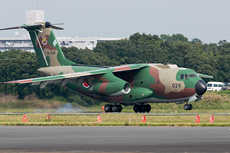
|
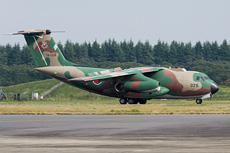
|
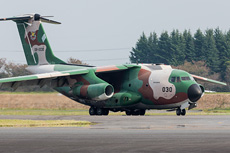
|
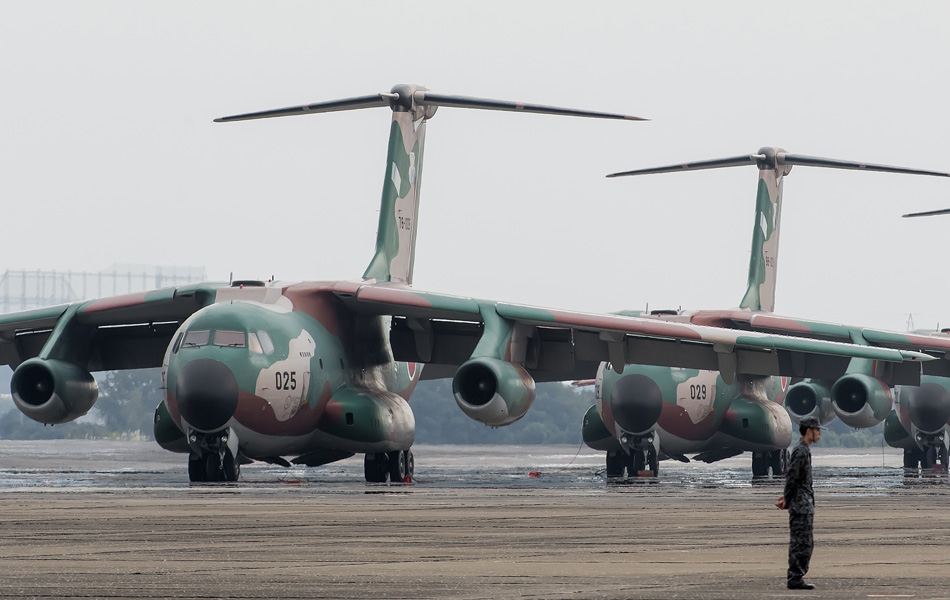
|
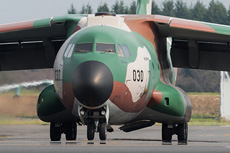
|
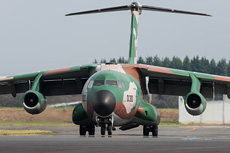
|
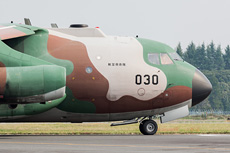
|
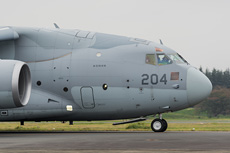
|
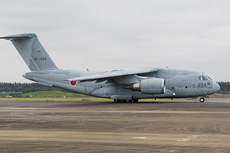
|
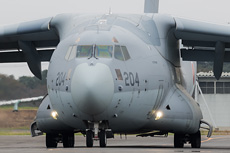
|
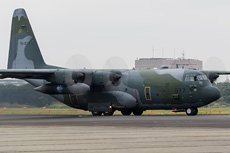
|
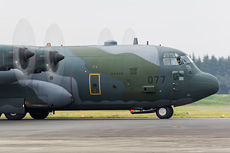
|
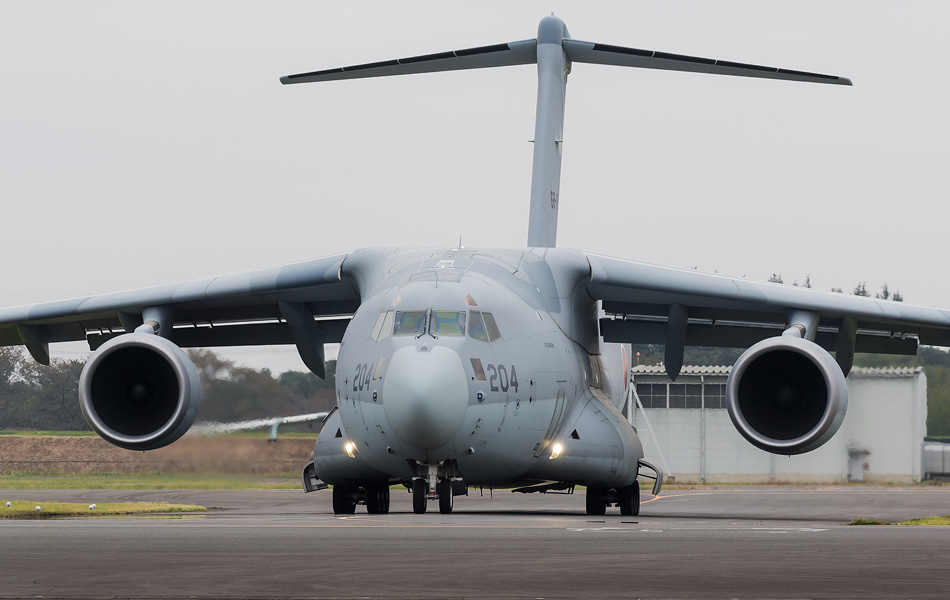
|
|
|

|







